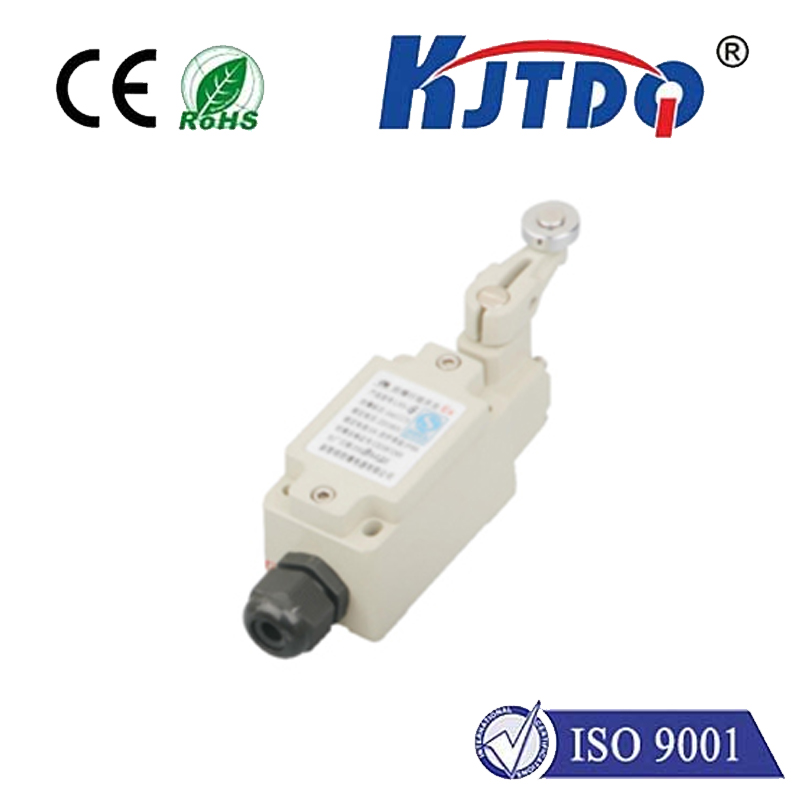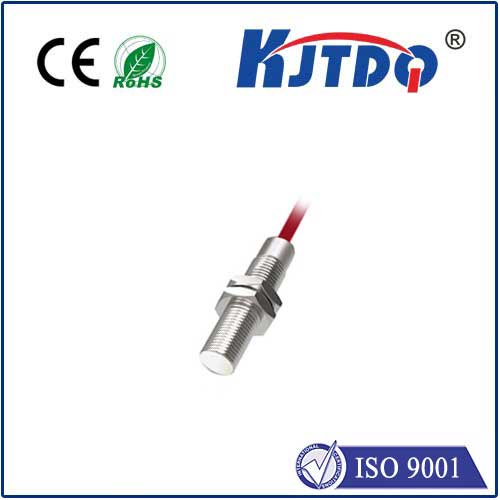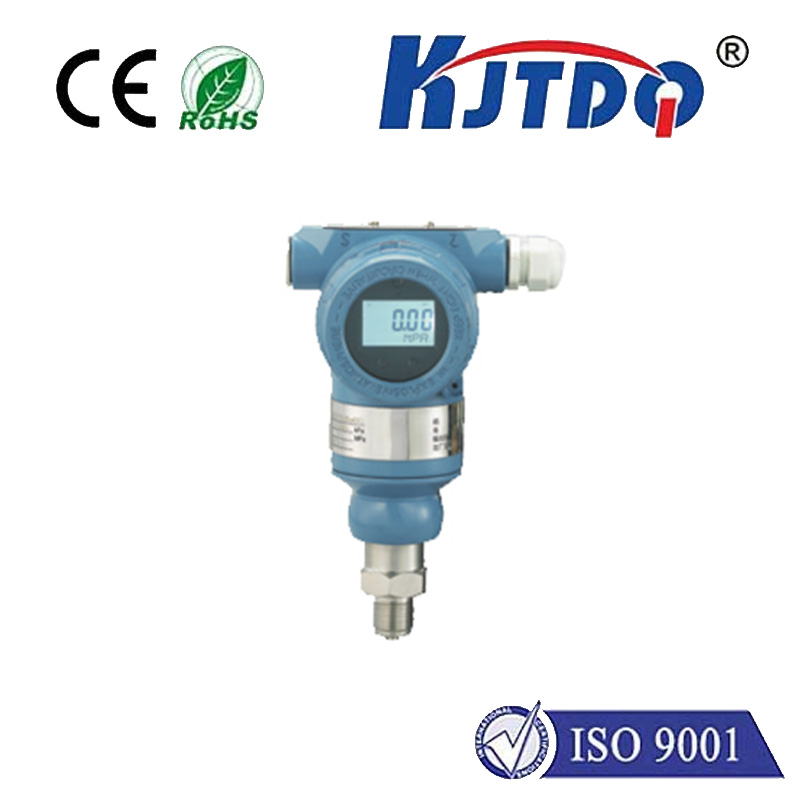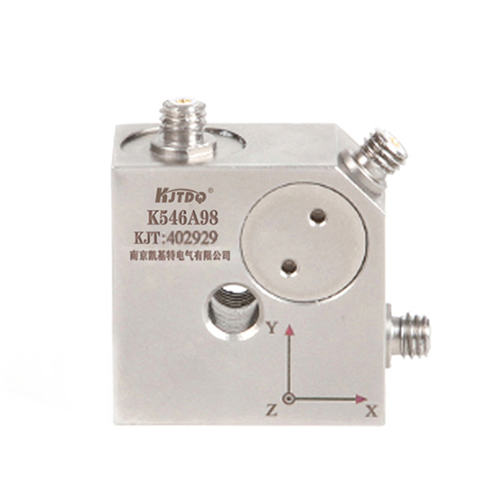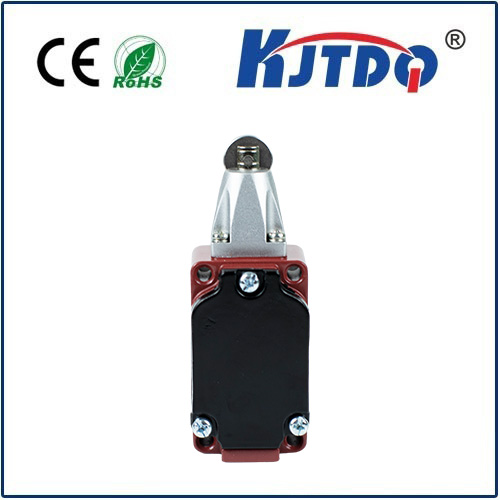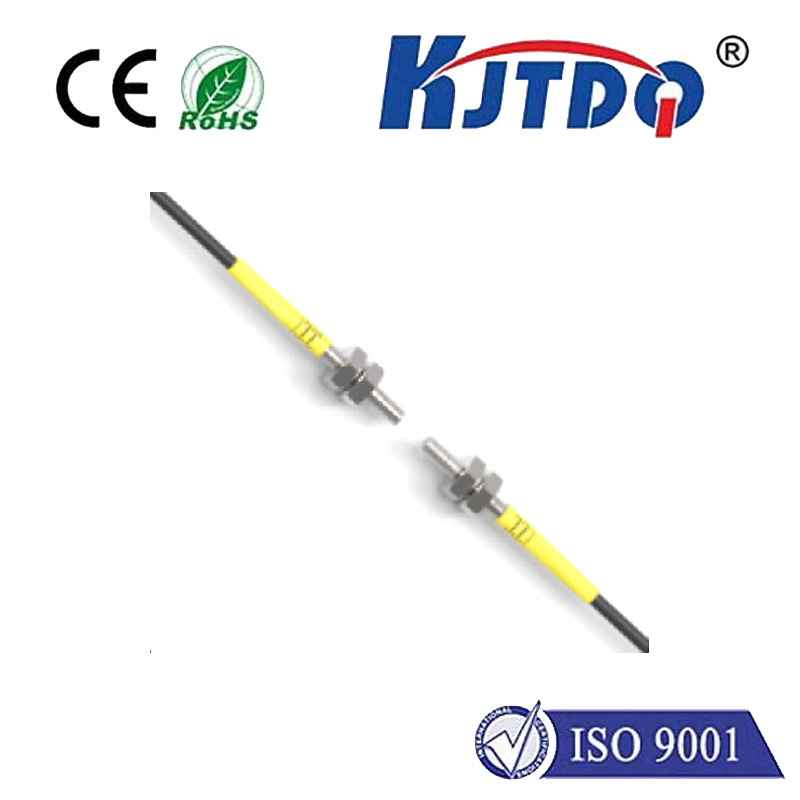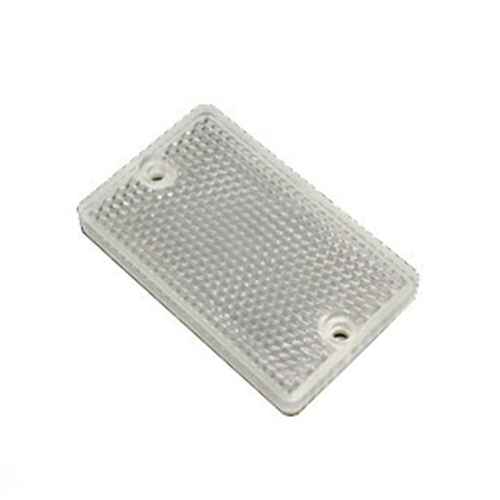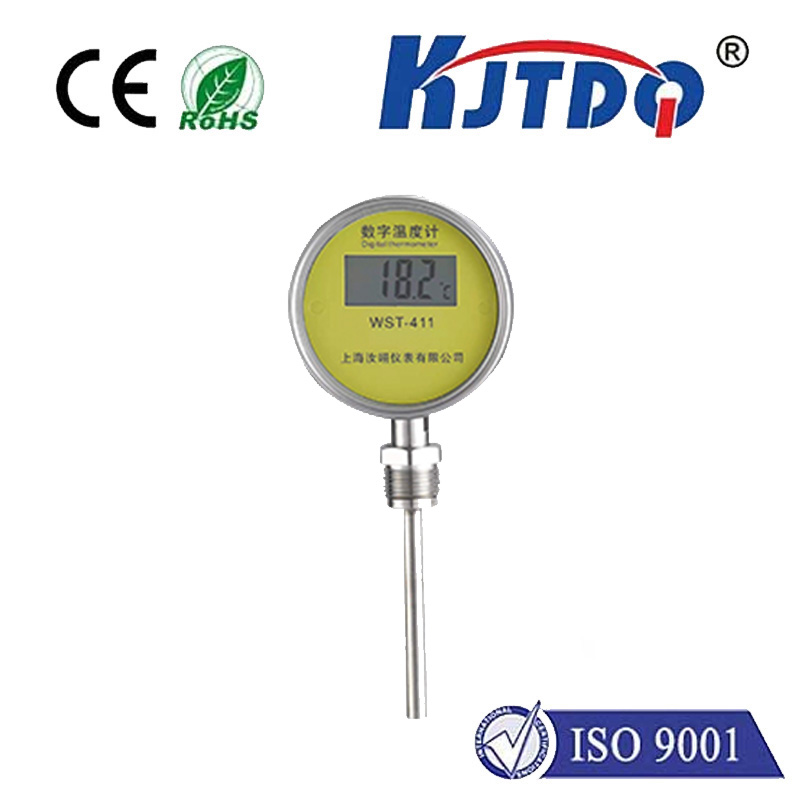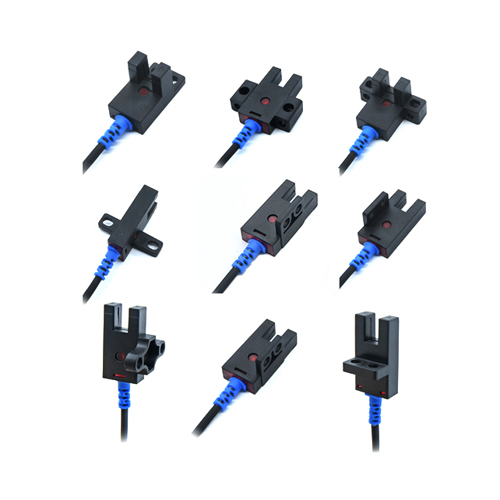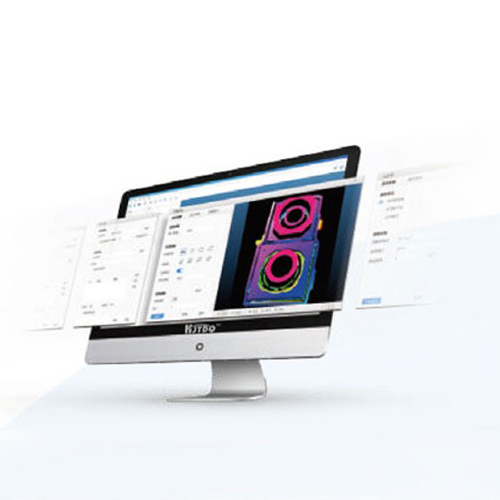

check

check

check

check

check

check

check

check

check

check
Content:
Proximity switches are electronic devices used to detect when an object is nearby. These switches are commonly found in various applications, such as industrial automation, home automation, and automotive industry. However, the price of proximity switches can vary significantly depending on several factors. In this article, we will discuss the main factors that affect the cost of proximity switches and how to choose the right one for your needs.
Firstly, the quality of proximity switches plays a crucial role in determining their price. High-quality proximity switches usually feature advanced features like adjustable sensitivity, long battery life, and high-resolution sensing. They are designed to withstand harsh environments and provide reliable performance even in challenging conditions. As a result, they tend to be more expensive than their cheaper counterparts. On the other hand, budget-friendly proximity switches may have fewer features and shorter battery life but still offer satisfactory performance for basic applications. It is essential to carefully consider your requirements before deciding on the type of proximity switch you need.
Secondly, the size and design of proximity switches also impact their price. Smaller and thinner proximity switches are generally more expensive than their larger and bulkier counterparts. This is because they require more components to achieve the same level of functionality. Additionally, different designs of proximity switches may have varying degrees of accuracy and response time, which can affect their price. It is crucial to select a proximity switch with the right dimensions and design for your specific application.
Thirdly, the manufacturing process and materials used in producing proximity switches can also influence their price. Some manufacturers may use cheaper materials or production techniques to reduce costs, resulting in lower priced proximity switches. However, these cheaper options may not offer the same level of durability or reliability as more expensive ones made with higher-quality materials and processes. Therefore, it is essential to research and compare the manufacturing processes and materials used by different companies to ensure you get the best value for your money.
Lastly, market trends and competition can also affect the price of proximity switches. If there is high demand for a particular type of proximity switch, suppliers may raise their prices to take advantage of the market trend. Similarly, if multiple companies are offering similar products, they may compete aggressively to attract customers by lowering their prices. It is important to keep an eye on market trends and compes' pricing strategies to find the best deals available.
In conclusion, understanding the cost of proximity switches involves considering various factors such as quality, size and design, manufacturing process, and market trends. By carefully evaluating your requirements and researching different types of proximity switches, you can make an informed decision and find a cost-effective solution that meets your needs.
